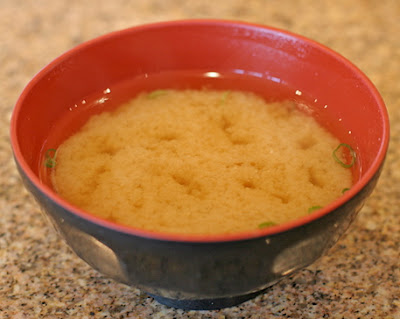Originally from China, miso, in the fermented form that we know it today, was first produced in Japan in the Jomon period (6000-300 BC).
It was a luxury food eaten by Buddhist monks and nobles, but by the 16th century it had become an everyday part of most people's diet.
Industrial production of the food began in the 17th century.
Miso is made from soybeans, sometimes rice and occasionally barley. The ingredients are steamed, mixed with a starter and left to ferment for between 6 months and five years.
Miso is a delicious fermented food that has been eaten in China and Japan for many centuries.
Miso and other fermented foods and drinks help build up the inner ecosystem and assure the digestive tract is amply supplied with beneficial bacteria.
These bacteria help digest, synthesize, and assimilate nutrients so necessary for good health and anti-aging.
They also strengthen the immune system, keeping it at the ready to fight infection and cancer.
Miso is a fermented soybean paste with a salty taste, a buttery texture and a unique nutritional profile that make it a versatile condiment for a host of different recipes,
and a foundation for traditional miso soup.
In addition to soybeans, miso can include rice, barley or wheat.
Miso is made by adding a yeast mold known as koji to soybeans and other ingredients and allowing them to ferment for a period of time ranging from months to years, depending on the specific type of miso being produced.
When the fermentation process is completed, the mixture is ground
into a paste similar in texture to nut butter.



No comments:
Post a Comment